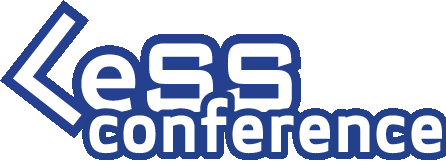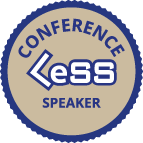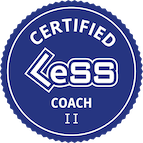Experiment: Try Backlog Visualization to solve conflicts between predictability and incremental Product Development
One of the most challenging issues in a LeSS adoption at large-scale product development is the handling of interfaces between the LeSS-adopting product group and the surrounding departments, still working on milestones in a waterfall-like organization. This is the case if your Product Definition is not yet perfect, which is the case if you start small and grow your Product Definition and LeSS-adoption over time.
Then often, the Product Owner of the LeSS-adopting group needs to make agreements or even commitments toward these partners. One way is to determine the efforts for all items in the Backlog and measure the velocity of the teams. This would enable the PO to predict when a bunch of items related to an agreed milestone will be done. But this is highly speculative and will destroy an agile approach because you create an analysis and design phase in front of the development phase. That’s a sequential life cycle, a waterfall process.
For around ten years, I have experimented to solve this problem. Unlike others who try to use a Monte Carlo simulation to predict the future, I use a Product Backlog visualization to increase transparency combined with the statistical approach (Standard Deviation and Queuing Theory) to give an indication of how the future would look if the organization continues its behavior. The intention is to inspire the organization to think about: “Should we or do we need to change our behavior?”. So, it’s not about creating a report. It’s more about reflecting and adjusting the behavior of an organization over time. With this approach, customers of mine were able to determine a range of how much effort, time, or money a new item in the Product Backlog will require.
In this talk, I will explain this statistical approach and share real-life examples from different customers and industries. Which benefits and difficulties they explored and how this approach helped them to change their practices and align their efforts with the committed external milestones while keeping their agile and incremental feature development internally.
Content:
- Useful Product Backlog Structure
- The statistical approach
- Taking Queuing Theory into account
- Helpful Product Backlog Visualizations
- Discussing examples from different customers and industries
- Q&A session






.jpg?preferred_lang=zh-CN)